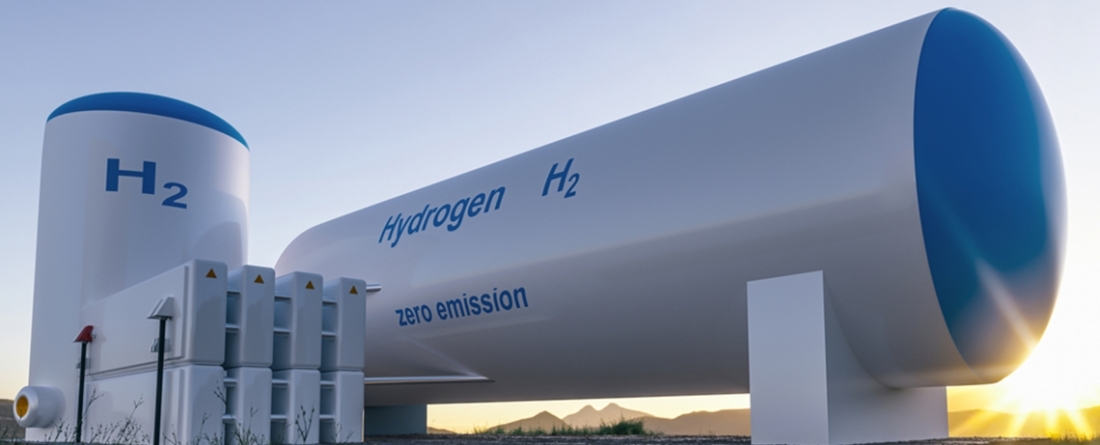
O'Rourke, P., Mignone, B., Kyle, P., Chapman, B., Fuhrman, J., Wolfram, P., McJeon, H., (2023). Supply and Demand Drivers of Global Hydrogen Deployment in the Transition toward a Decarbonized Energy System. Environmental Science & Technology. https://doi.org/10.1021/acs.est.3c03751
Abstract
The role of hydrogen in energy system decarbonization is being actively examined by the research and policy communities. We evaluate the potential “hydrogen economy” in global climate change mitigation scenarios using the Global Change Analysis Model (GCAM). We consider major hydrogen production methods in conjunction with delivery options to understand how hydrogen infrastructure affects its deployment. We also consider a rich set of hydrogen end-use technologies and vary their costs to understand how demand technologies affect deployment. We find that the availability of hydrogen transmission and distribution infrastructure primarily affects the hydrogen production mix, particularly the share produced centrally versus on-site, whereas assumptions about end-use technology primarily affect the scale of hydrogen deployment. In effect, hydrogen can be a source of distributed energy, enabled by on-site renewable electrolysis and, to a lesser extent, by on-site production at industrial facilities using natural gas with carbon capture and storage (CCS). While the share of hydrogen in final energy is small relative to the share of other major energy carriers in our scenarios, hydrogen enables decarbonization in difficult-to-electrify end uses, such as industrial high-temperature heat. Hydrogen deployment, and in turn its contribution to greenhouse gas mitigation, increases as the climate objective is tightened.
